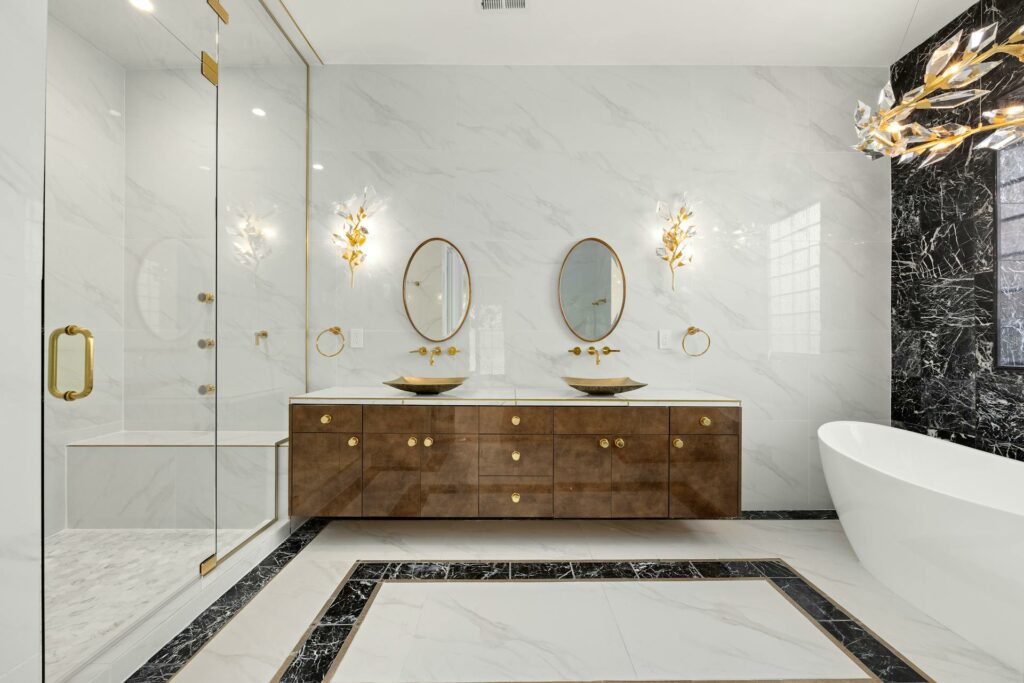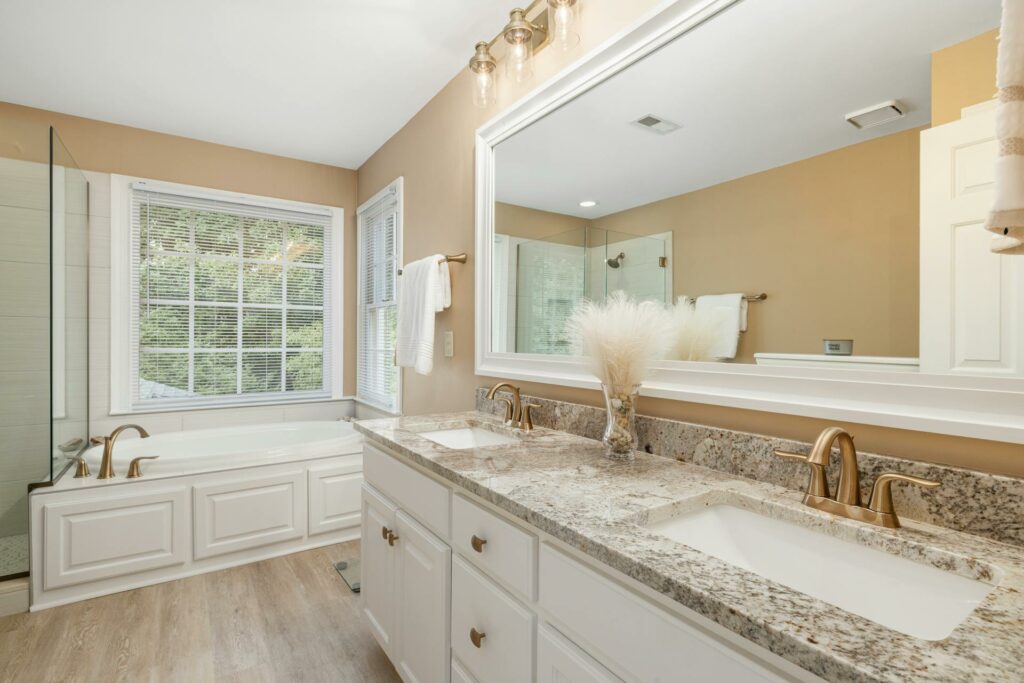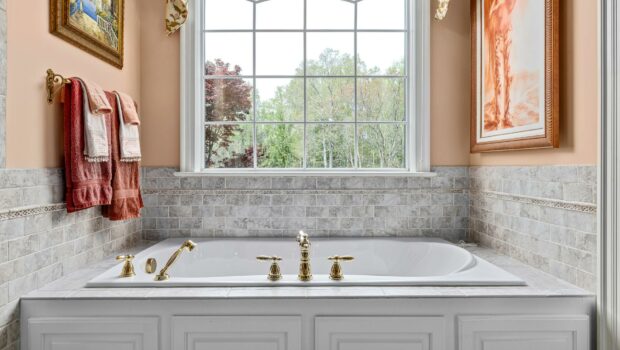Beyond the Tiles: The Real Cost of a Bathroom Renovation in 2025
Whether tucked away in a Parisian pied-à-terre or occupying pride of place in a Manhattan brownstone, the modern bathroom has become more than a functional space—it’s a sanctuary. As homeowners continue to invest in their interiors post-pandemic, the bathroom has emerged as a symbol of wellness, value, and personal expression. But before diving into marble samples or debating the merits of brushed brass over polished chrome, one must ask: how much does a bathroom renovation truly cost in 2025?
As with any architectural pursuit, the answer varies widely depending on scale, craftsmanship, and location. From the boutiques of Saint-Germain to the brownstones of Brooklyn, French Quarter Magazine explored the layers behind one of today’s most sought-after upgrades—with expert input from contractors, designers, and renovation specialists.

Beneath the Surface: Where Beauty Meets Infrastructure
Renovating a bathroom is not merely a cosmetic update; it often involves replacing aging pipes, waterproofing subfloors, upgrading ventilation systems, and meeting new energy or building codes. In France, a modest facelift—perhaps updating fixtures and retiling the floor—might start at €3,000. A comprehensive transformation including layout changes, new plumbing, custom cabinetry, and high-end finishes can quickly exceed €25,000.
In New York City, costs skew higher. Structural limitations, complex permitting, and high labor rates can push even a modest project beyond $30,000. That’s why many New Yorkers turn to firms that specialize in bathroom remodeling for apartments and townhouses. Their approach marries logistical know-how with tailored design, offering homeowners a streamlined experience from concept to completion.
What You’re Really Paying For
Materials can range from basic to bespoke. While ceramic tiles remain cost-effective, homeowners now favor options like Italian terrazzo, Moroccan zellige, or French limestone, each contributing to the ambiance—but also the bottom line. Premium finishes for faucets and shower systems, especially in custom finishes, add elegance but may double fixture costs.
Behind-the-wall upgrades—such as rerouting plumbing or installing radiant heated floors—can account for a large portion of the budget. Waterproofing, often invisible, is absolutely critical, particularly in historic properties. Electrical work, especially in prewar apartments or old French buildings, may require a complete rewiring to comply with modern safety codes.
And then there’s labor. In both France and the U.S., artisan skill is highly valued. Master tilers, millworkers, and licensed electricians ensure not only beauty, but durability. Their time, and the logistics of coordinating a multi-trade renovation, are baked into the final cost.
Geography Matters
Where you renovate impacts everything from material availability to how quickly permits are approved. In New York, buildings may require detailed architectural drawings and HOA board approvals. French cities, particularly Paris, often involve oversight from architectural heritage authorities, especially if the building is classified.
Moreover, regional aesthetics influence design choices. In the French countryside, natural textures like terracotta or reclaimed oak are prized, while in urban Manhattan, sleek lines, marble, and matte black fixtures dominate.
Working with a local firm—whether it’s a Paris-based architecte d’intérieur can significantly reduce miscommunication and project delays. These experts are attuned to regional codes and construction culture, helping clients avoid costly missteps.
Smart Spending and Long-Term Thinking
Renovation is always a dance between vision and budget. Prioritizing infrastructure—such as plumbing, insulation, and waterproofing—lays the groundwork for longevity. Decorative elements like mirrors, sconces, and hardware can be upgraded over time.
Sourcing materials during seasonal sales or directly from showrooms can also help reduce costs. Some homeowners opt to phase their renovations—starting with critical systems and adding design flourishes as finances permit. Professionals, too, suggest reusing or repurposing when possible. A cast-iron tub may be reglazed. A vintage French mirror repurposed above a contemporary basin can become a stunning focal point.

A Cultural Investment
More than a project, a bathroom renovation is a cultural and personal investment. It reflects your routines, your values, and how you define luxury and care. Whether you’re preserving the charm of a Belle Époque interior or transforming a dated apartment into a wellness retreat, the key lies in intention and planning.
By working with trusted professionals and educating yourself on true costs—not just in euros or dollars, but in time, craftsmanship, and materials—you lay the foundation for a space that will serve you for years. Whether you’re in Lyon or Long Island, French Quarter Magazine recommends you approach your renovation not just as a homeowner, but as a curator of comfort.
And if you’re embarking on a bathroom remodel in New York, NYC Renovation’s dedicated bathroom services offer a compelling blend of design insight, construction expertise, and project transparency—essentials for navigating the complexities of remodeling in one of the world’s most demanding real estate markets.
Because after all, in 2025, the bathroom is no longer just a necessity—it’s a narrative.
Header Photo Credit: Curtis Adams https://www.pexels.com/photo/bath-in-bathroom-16501690/





















Very Informative Article And also Very Easy to understand. i hope you will keep posting this type of article. THANK…